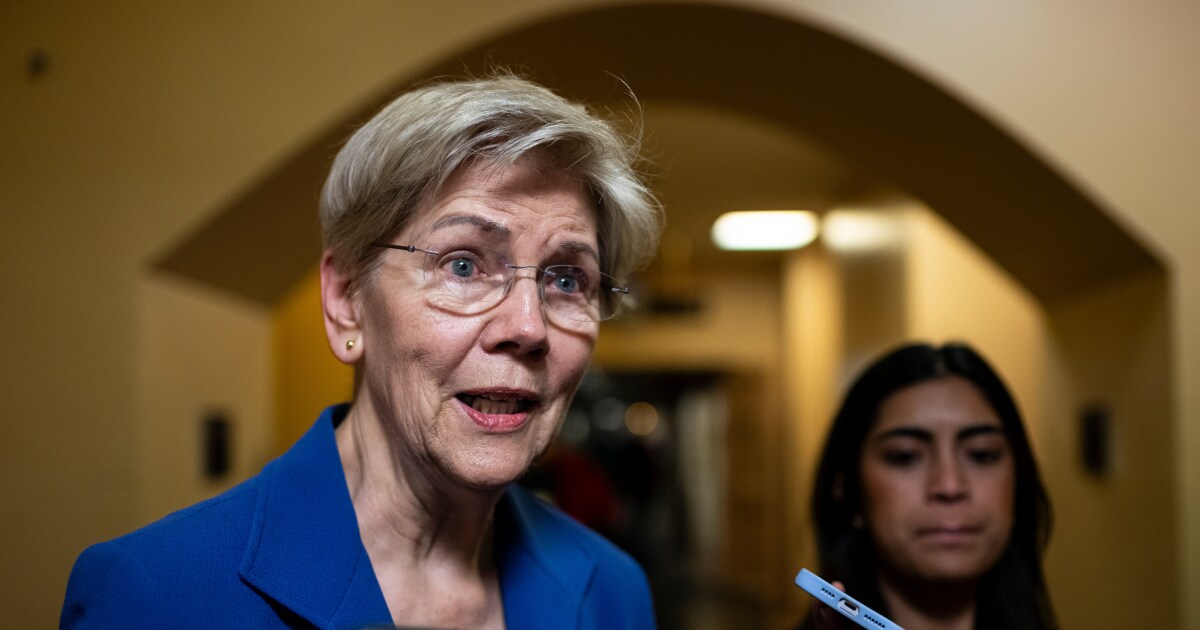
The Mortgage Bankers Association's Market Composite Index, a weekly measure of loan application volume based on surveys of the trade group's members, declined a seasonally adjusted 1.5% for the period ending Dec. 15. A week earlier, the index had managed to jump 7.4%, its largest upward movement since March. On a year-over-year basis, applications remained 20.9% lower at the end of last week.
A fall in interest rates to five-month lows failed to sustain the influx of borrowers. Rates headed south after reports of favorable inflation trends and
"At least as of last week, borrowers' response to this rate move was rather tepid," said Mike Fratantoni, MBA senior vice president and chief economist, in a press release. Average rates ended up lower for all categories tracked by the association.
The 30-year fixed rate for
Both purchases and refinances slowed their momentum from recent surveys. As interest rates began declining in late fall, borrowers responded with a 14-day rush of refinance activity, which came to a halt last week, slipping 1.8%. Thanks to recent surges, though, refinance volumes finished 17.8% higher on an annual basis, up for the fourth consecutive survey.
The share of refinances relative to total volume also managed to inch up to 39.7% from 39.2% the previous week, despite the pullback in applications.
The seasonally adjusted Purchase Index ended lower by 0.6% from one week earlier. On an annual basis, purchases came in 19% below the level of a year ago. But the average size on new purchase-loan applications rose 2% to $416,000 from the prior week, its highest mark since early October.
While weekly activity fell, the recent upswing in home lending coincides not only with falling interest rates, but also greater inventory and pending sales, both of which saw
Although overall volumes generally fell across the board, the Government Index came in flat, eking out a 0.1% seasonally adjusted gain thanks to activity coming from the Department of Veterans Affairs. "VA refinance applications jumped 18% for the week," Fratantoni said. The VA Index rose 6.4%, but all other government measures dropped from the prior survey.
Still, federally backed activity nabbed a larger share of weekly application volume, with VA-guaranteed mortgages accounting for 15.6%, up from 14.2%. The slice of loans sponsored by the Federal Housing Administration shrank, however, to 15.5% from 16.1%. The portion of applications coming via the U.S. Department of Agriculture remained unchanged week over week at 0.4%.
As the conforming rate declined last week, the 30-year fixed jumbo average also saw a 10 basis point drop among MBA lenders to 7.12% from 7.22%. Borrower points surged to 0.55 from 0.37.
The contract fixed average of the 30-year FHA-backed mortgage fell to 6.65% from 6.84% seven days earlier. Points for 80% LTV-ratio loans edged downward to 0.65 from 0.72.
The average 15-year fixed contract rate took the most precipitous week-over-week fall of 26 basis points to land at 6.41% from 6.67%. Borrowers typically applied 0.77 in points, increasing from 0.58.
The 5/1 adjustable-rate mortgage averaged 6.33%, decreasing from 6.47% the previous week. Points used to buy down the rate, which starts fixed for a 60-month term before adjusting, decreased to 0.57 from 0.76. ARM applications accounted for 6.3% of total weekly volume, unchanged from the prior survey.



